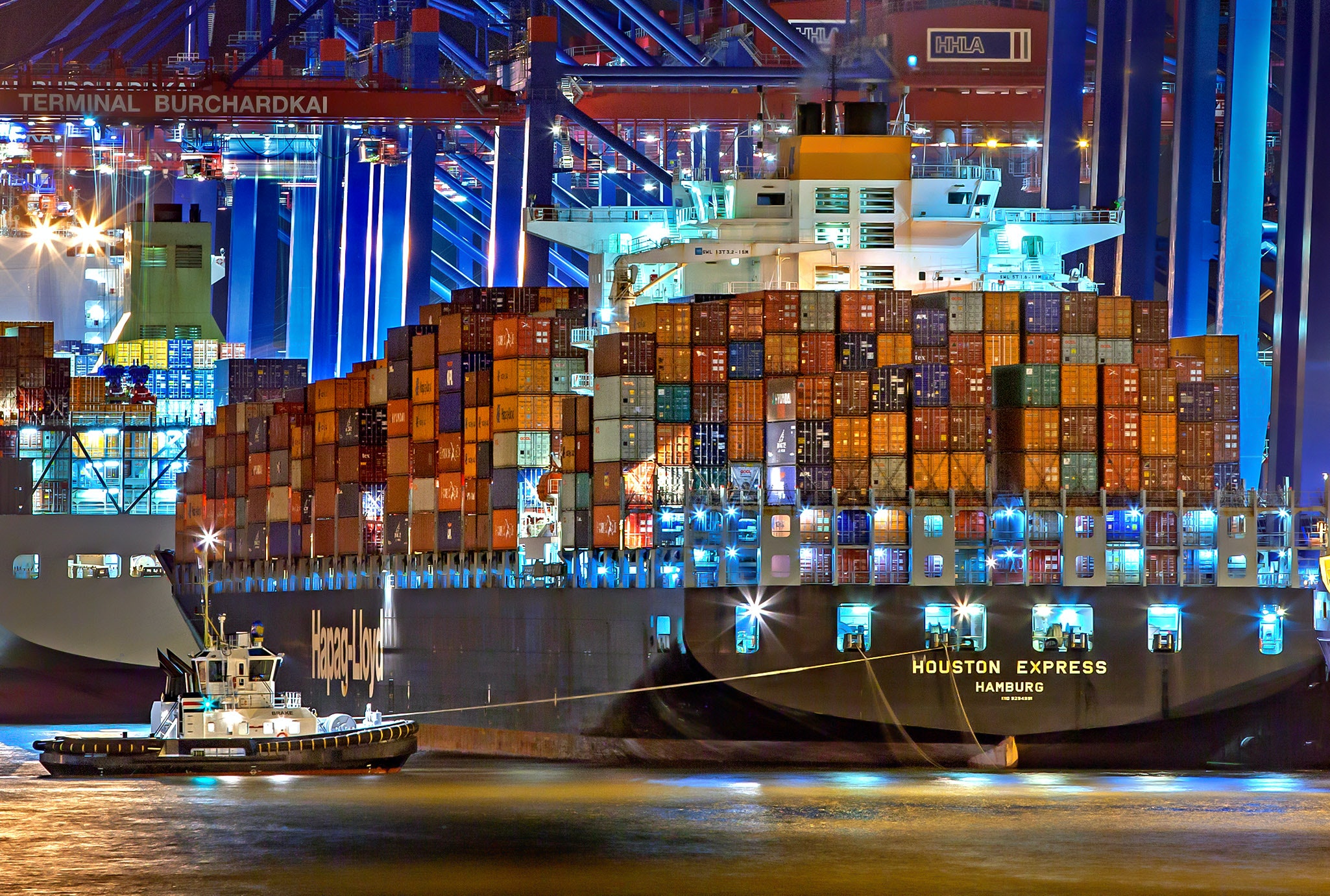QU software a key link between efficiency and sustainability
QU forecasting technology software and support can spur the process of waste reduction, promote efficient practices, and empower people with data, enabling them to act with confidence on their sustainability promises.
There is growing concern at the degradation of our natural resources and the risks and uncertainties this presents to future generations of New Zealanders. Initiatives and partnerships are needed to make a difference in combating climate change and building a more sustainable future.
Supply chain risks and opportunities need to be monitored and managed, as an essential element of the ongoing effort to protect NZ’s natural capital and resources.
Business leaders, aware that sustainability transformation is underway globally, and knowing they need to think smarter about how they are using their existing assets, are turning to new digital platforms and innovation in AI to find solutions to help keep emissions reduction pathways affordable.
It can start with using a state-of-the-art forecasting and insight tool like QU.
Quantiful invented QU, a state-of-the-art forecasting technology, with the vision of providing companies with simple and proven software and support to spur the process of waste reduction, promote efficient practices, and empower their people with data, enabling them to act with confidence on their sustainability promises.
Alan Gourdie, Quantiful’s co-CEO and founder, says “Quantiful’s purpose has always been ‘Waste not, want not.’ It’s all about wanting to do our part to make better use of the world’s precious resources – for now and for future generations.”
"Not acting is no longer an option. It’s a question of how fast businesses are able to future-proof themselves.”
And there isn’t a moment to waste. “Consumers, especially those with the most to lose, are demanding that companies clean up their act,” Gourdie says. “Shareholders, boards and executives are recognising that the companies likely to survive are those demonstrably striving to use less resources. Not acting is no longer an option. It’s a question of how fast businesses are able to future-proof themselves.”
With the data, tools and talent now available, such solutions are more achievable than ever, but progress is being stymied because too many organizations are continuing to look backwards for answers, not forward, and are failing to take tangible steps to change. Many are concerned about how some reforms can be practically implemented whilst maintaining viable operations.
Business leaders are aware that sustainability is a key issue societally and culturally, as well as commercially. The 2021 Better Futures Report, based on a survey of 1000 Kiwis by Colmar Brunton and the Sustainable Business Council, revealed that the public is highly responsive to business leadership when it comes to the promotion of sustainability, which is a great opportunity, with a favourable risk and reward ratio, for ventures and initiatives businesses may wish to promote around sustainability.
The increasing changes, and longer run times businesses are seeing, means completing budgets for longer-term decision making is becoming ever more problematic.
There is an opportunity to utilise AI in gathering and extracting relevant data to accurately forecast demand. The future of AI will ultimately be to enable more accurate forecasting from multiple data sets, determining patterns and how apparently unrelated data might correlate to lend greater insights. Essentially, taking external data and connecting the dots between what we see happening in the market in terms of regulations, and consumer driven trends, and extrapolating from this data to better prepare for future demand.
Having real-time insights into economic and market trends will be essential for companies to maintain optimum inventory through changes in regulatory and consumer buying behaviours.
Executives dealing with operational planning responsibility as heads of finance, sales or procurement need to know exactly what stock to order or make and how much to send to their stores, and have to make sure they don’t over-supply their warehouse with slow moving stock which may have to be written off. In addition, they have to make sure the stock gets to the store as efficiently as possible, with no waste from half-full trucks.
Increasingly, such professionals are starting to hear that they must drive the decarbonisation agenda, and this is becoming a more prominent indicator of their performance.
With these existing and looming pressures, and having tried and failed to use existing tools like historical excel spreadsheets, they are looking for other options. There are rapid changes in the market; supply chain lead times are expanding, and they feel compelled to order further ahead. If there has been a recent restructuring, personnel they have been accustomed to coordinating with may no longer be in the work environment, further impacting forecasts.
Such professionals, often in retail or food industries, are open to new tools that offer solutions, provided they can be deployed easily and are demonstrably accurate and efficient when utilised with existing data. Lower working capital, stock availability and freight and storage efficiencies are all significant issues. Covid linked longer shipping lead times have caused lost sales and waste from over-ordering too much of the wrong stock.
Increasingly, such professionals are turning to new digital platforms and innovation in AI, like QU, to find solutions to help keep emissions reduction pathways affordable and be part of the sustainability transformation.
Originally published by NZbusiness Magazine
Share this
You May Also Like
These Related Stories

Optimise your supply chain

Indogal Indonesia turns to QU to combat supply chain disruption
